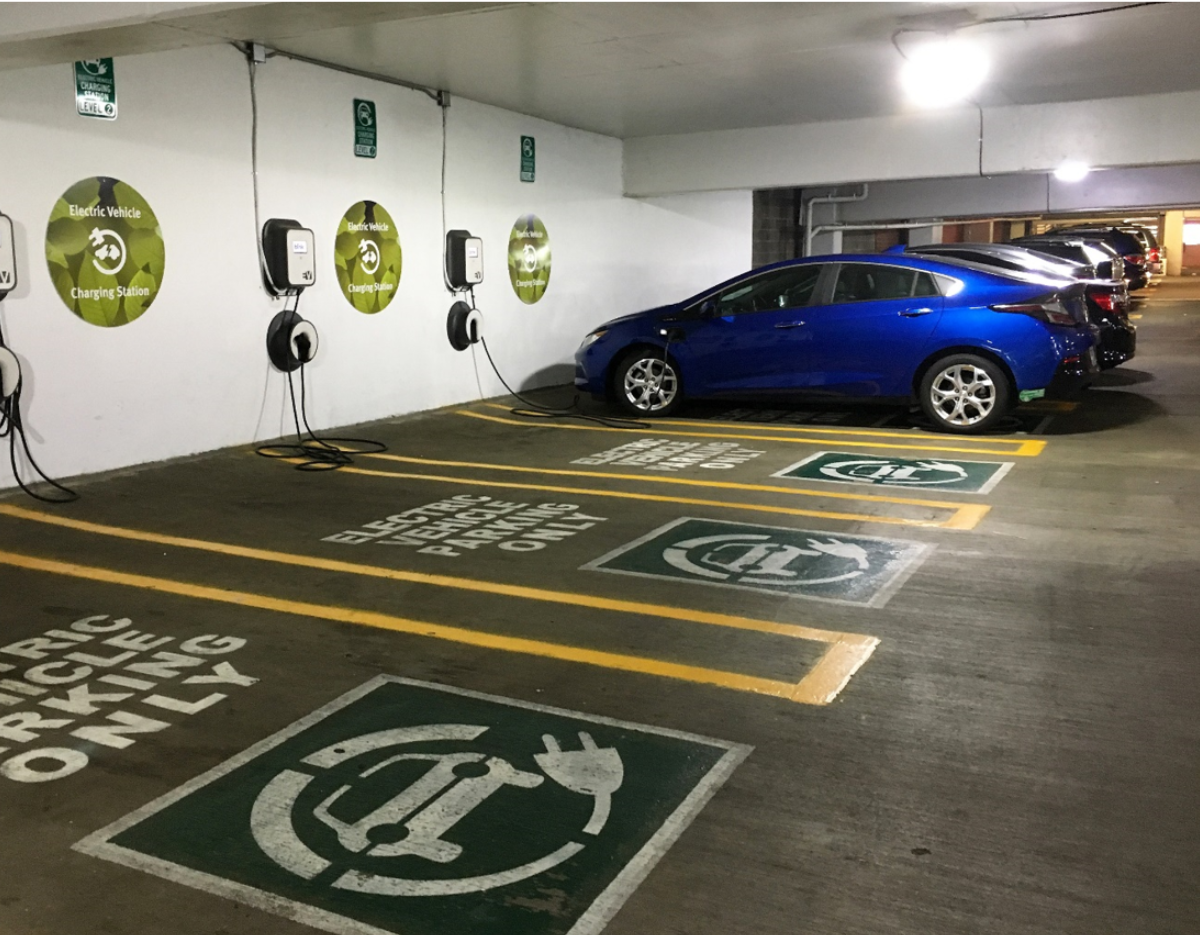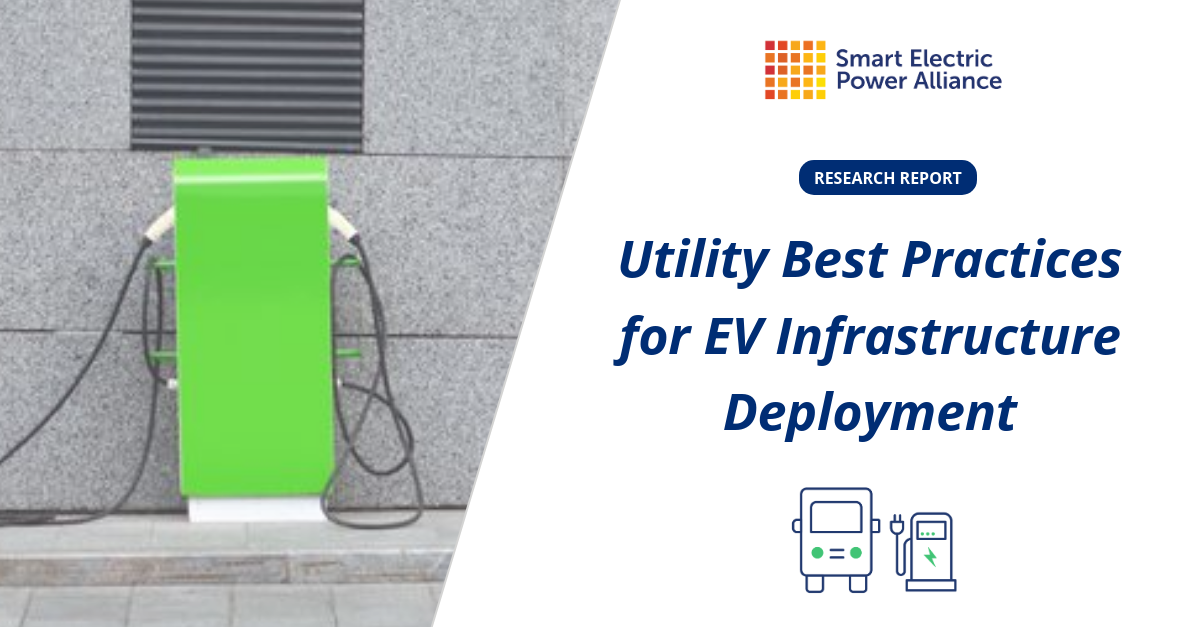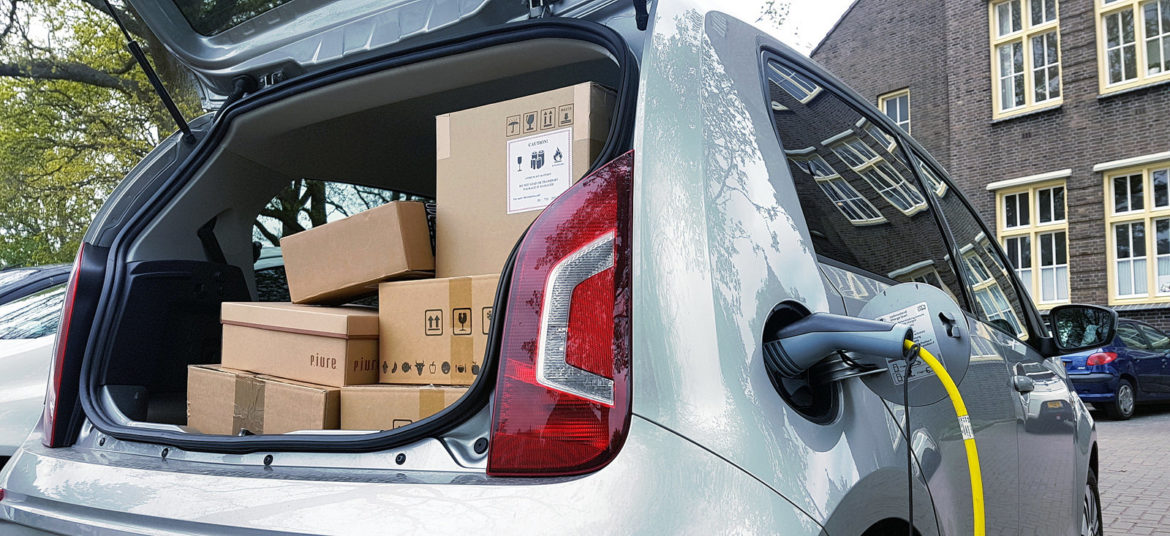
Source: Mario Ortiz
Across the board, 2020 was and continues to be a brutal year for people around the globe as humanity continues to grapple with the pandemic. While everyone has been challenged in some way, difficulties are not distributed evenly and the data shows underserved communities are being the brunt of the pandemic. As a result, conversations of equity have come to the forefront again and Congress is attempting to pass further relief funding that will provide essential support for everyday Americans right as we approach the end of year holidays. These conversations have been fraught with disagreement around who should be prioritized in the next wave of stimulus despite the evidence that, underserved communities have been most harmed by the pandemic.
This year has also brough into focus the urgent need for of transportation electrification efforts to frontline environmental justice. EVNoire co-founder Dr. Shelley Francis has also highlighted the disproportionate burden of the pandemic borne by communities of color throughout the country. These same communities face increased exposure to air pollution, a factor that leads to increased mortality rates from the coronavirus according to a series of studies published this year by researchers at the Harvard T.H. Chan School of Public Health. The connections between air pollution, race, and the pandemic have led Dr. Francis and others to point to EV investment as an important vehicle for environmental justice during the COVID era.
One side of the EV space where transportation equity continues to advance is in electric utility programs. After a comprehensive update to our data story from last year, it is encouraging that electric utilities continue to prioritize underserved communities in their EV programs. Electric utility investment in underserved communities has more than doubled since the end of 2019. This surge was driven by two major approvals in 2020, one for Southern California Edison and another spread across six of the seven investor-owned utilities in New York. The increasing allocation of investment to underserved communities signals a recognition by commissioners in leading EV markets that utilities are well-positioned to provide critical investment in markets charging service providers and other private sector entities do not always reach.
The opportunity for utilities to engage with their most marginalized customers does not end with investment. Organizations within the EV space are urging utilities to do more to ensure that the communities experiencing the worst air pollution are the first to benefit from investments in transportation electrification. In October 2020, California state legislators provided another example of what an expanded role for utilities can look like. By enacting Assembly Bill 841, California utilities were directed to invest in make-ready upgrades allowing for lower cost charging infrastructure rollout. The bill requires that 35 percent of utility investment in this effort be directed to communities facing the heaviest air pollution and poverty burden.
Supporting the most vulnerable communities will continue to be critical in 2021 and there are new opportunities to prioritize equity in the energy and transportation sectors at all levels of government. After a tough year, October saw the highest year-over-year EV market performance with sales up 25 percent. Between January and October 2020, the EV market overall is down 14 percent compared to 2019. The future looks bright with the cost of batteries dropping by 89 percent over the last decade according to new analysis from Bloomberg New Energy Finance. The global EV market is expected to grow by 50 percent in 2021 as new investments from automakers beget new models and a wider array of options for drivers throughout the country. It is up to stakeholders like utilities and policymakers to ensure no one is left behind as the push towards electrification accelerates. Stay tuned for our full wrap-up of the year in electrification in the coming weeks.


















